A Star (of some sort) is Born
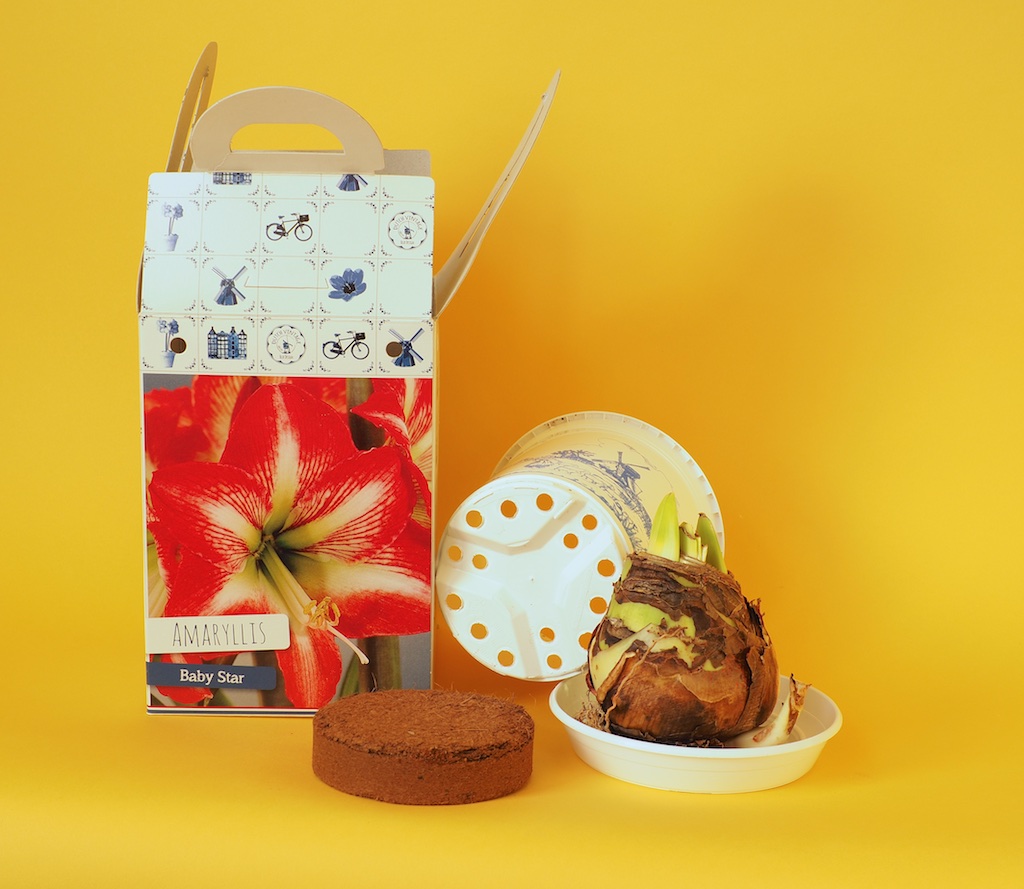
Well, you might have guessed Emaryllis would do something like this. That is to say, “kill two birds with one stone” by buying a box kit to test out, and simultaneously buy an amaryllis (Hippeastrum) that is no longer in production. The combination is irresistable, so here goes!
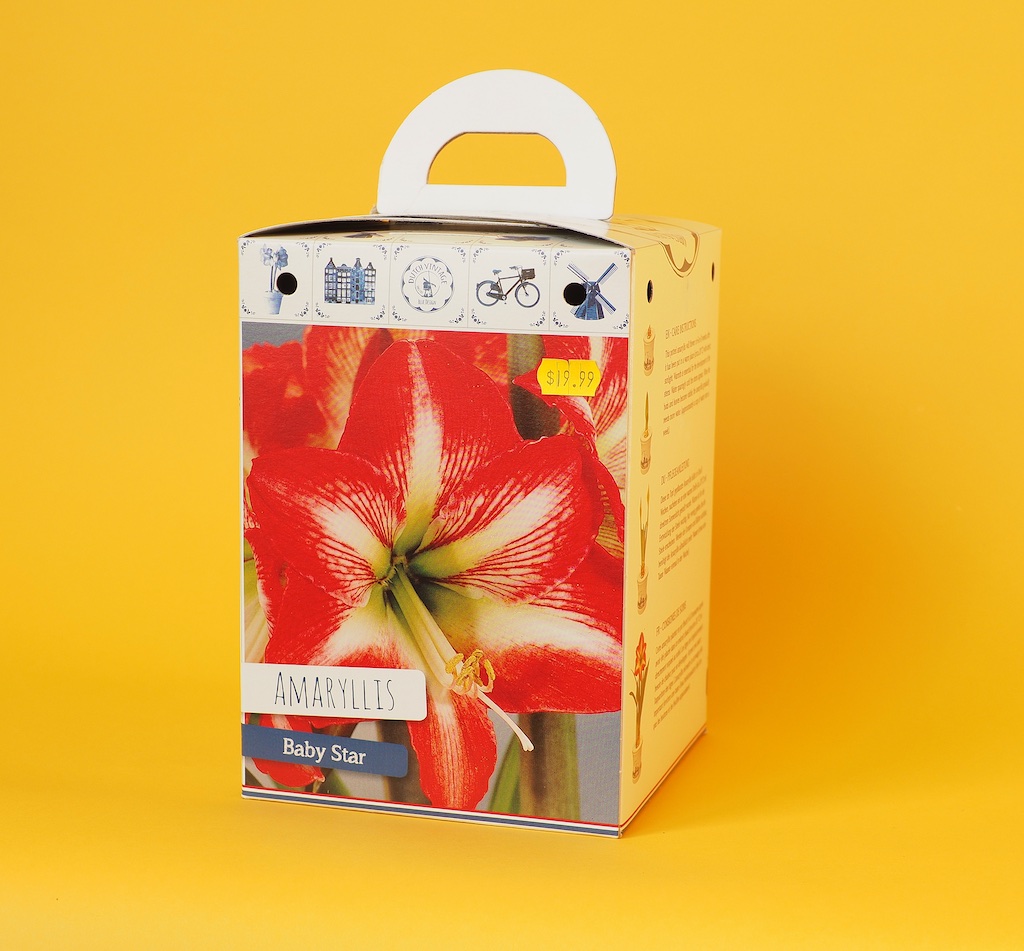
The above kit seemed overpriced compared to others, but a thought came to mind. I had already ordered a ‘Baby Star’ online to see what it would turn out to be. Picking this kit up might be interesting. To further the idea, a dry bulb labeled ‘Baby Star’ from another brick & mortar (and glass) nursery followed a week later. Let’s find out what the growers and wholesalers have up their sleeves, knowing that ‘Baby Star’ itself is highly unlikely.
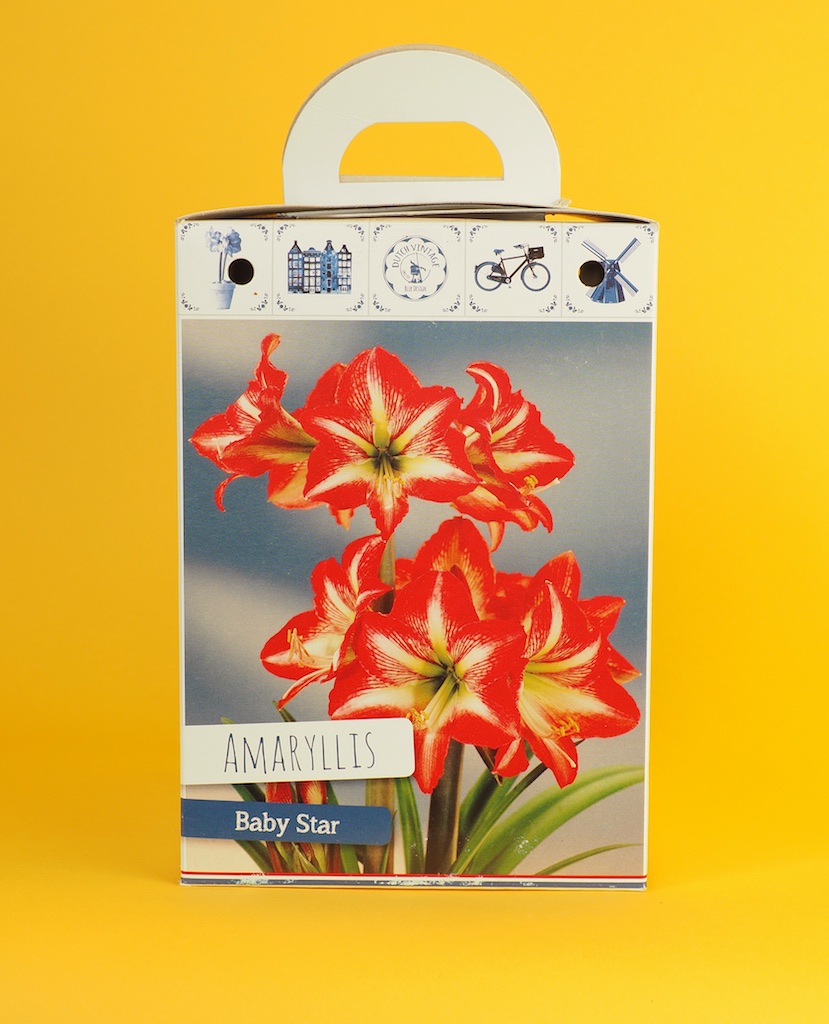
While the 1999 introduction was at first used as a substitute for any number of other smaller bicolors, over time it became substituted for. As noted on this site, after about 2011/2012 it seemed out of production entirely. So much for the history lesson, what’s in the box?!

The kit itself is very complete. Since I want to compare three examples of ‘Baby Star’ this season, the coir disc will be replaced with a mix that is the same for the other two bulbs purchased. The best aspect of the kit is the pot with a generous number of drainage holes, a basic key to success.
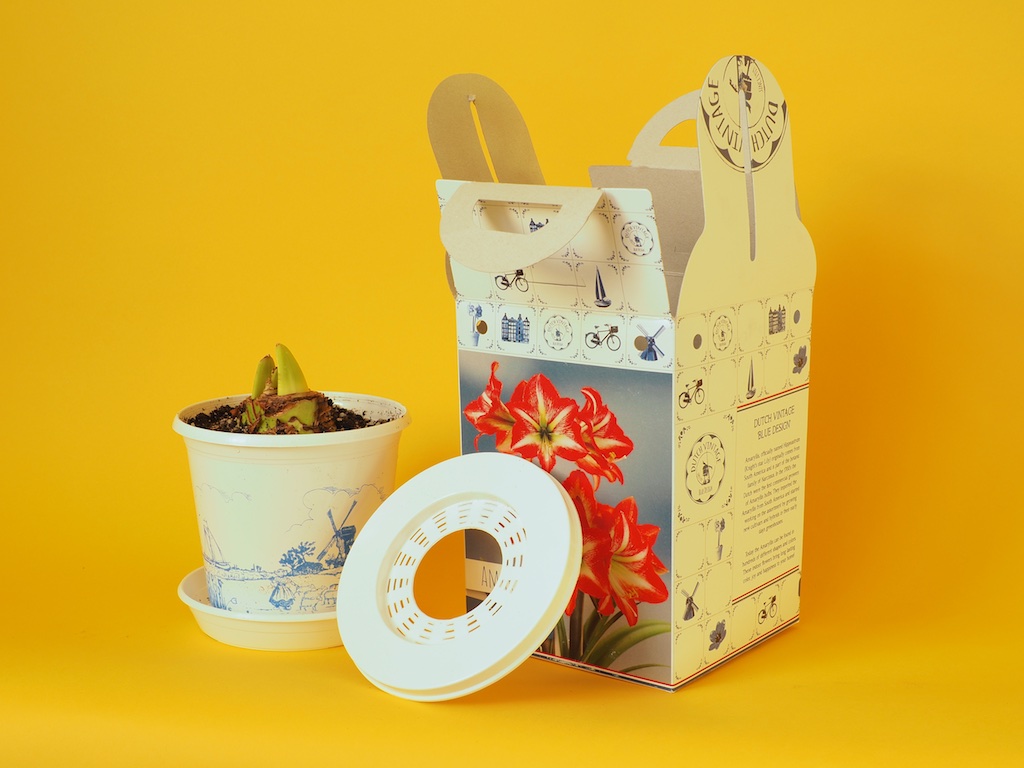
The kit also contains a snap on retainer ring to keep the top of the pot tidy and the bulb well anchored during scape elonagtion and blooming. A nice touch perhaps, but not being able to see the soil to determine its dryness, and the fact that once blooming starts, the ring becomes impossible to remove means it will be cast aside.
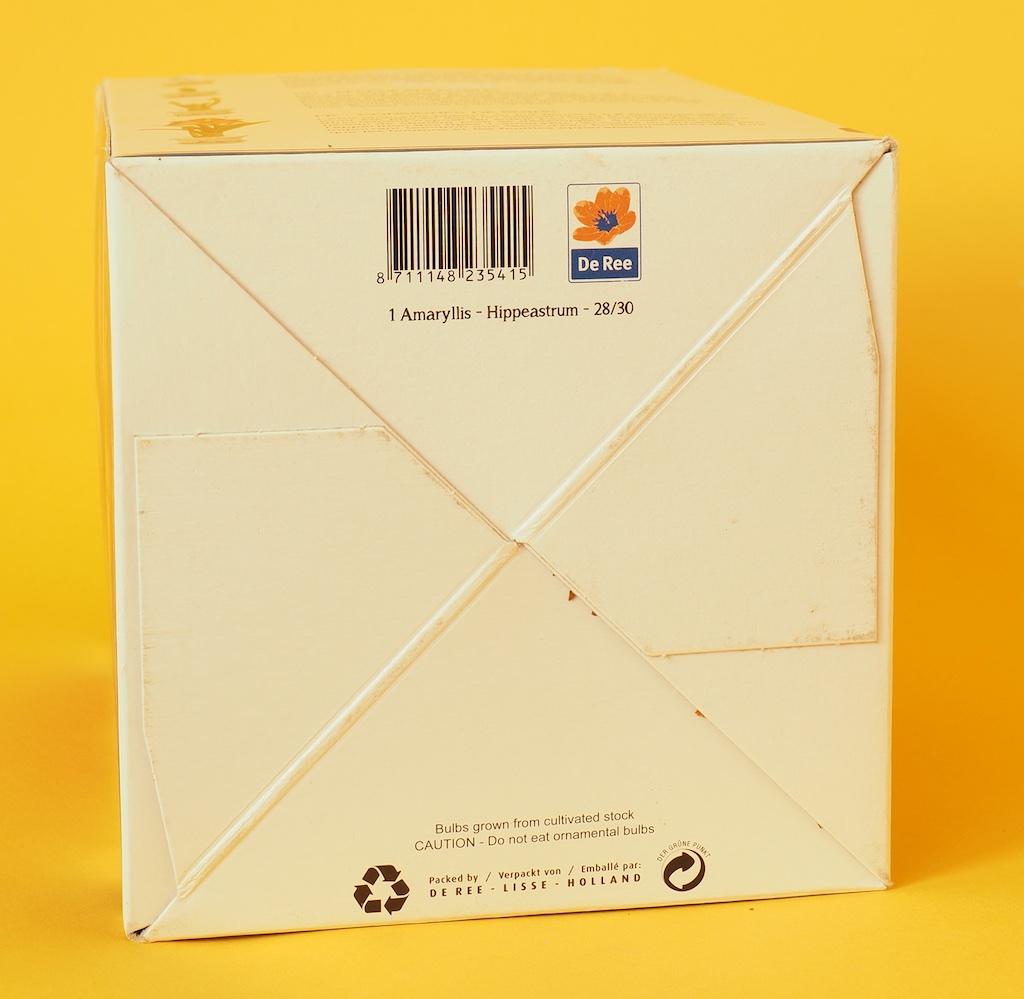
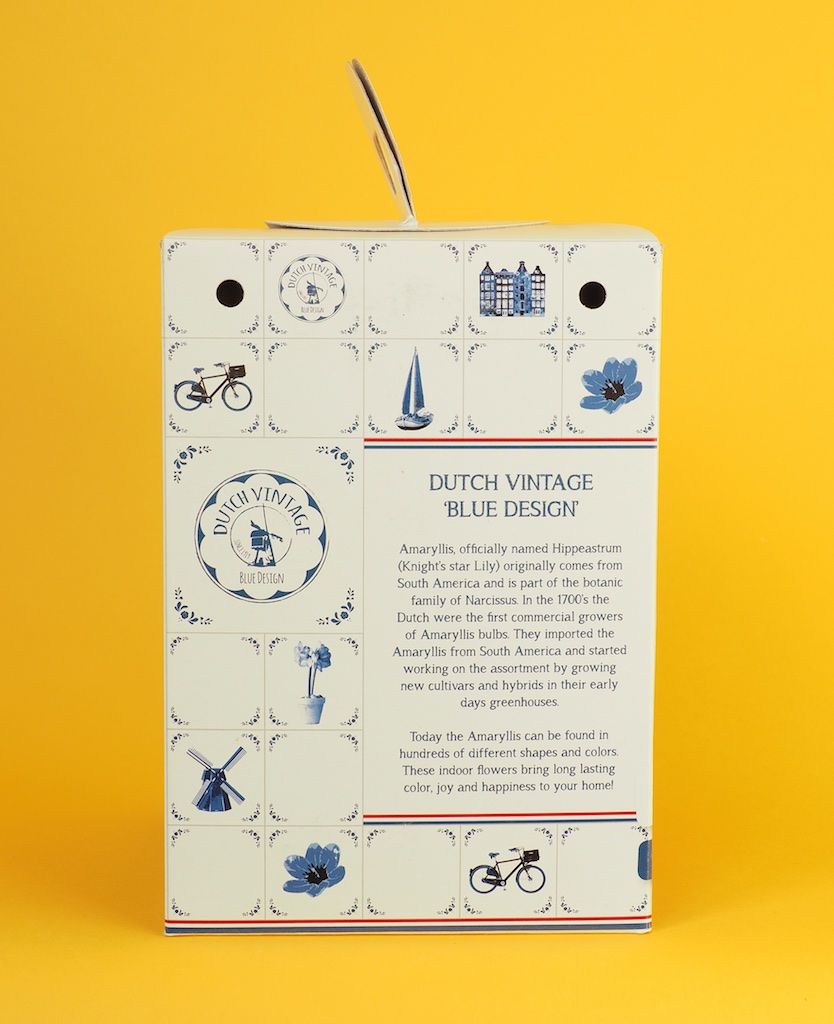
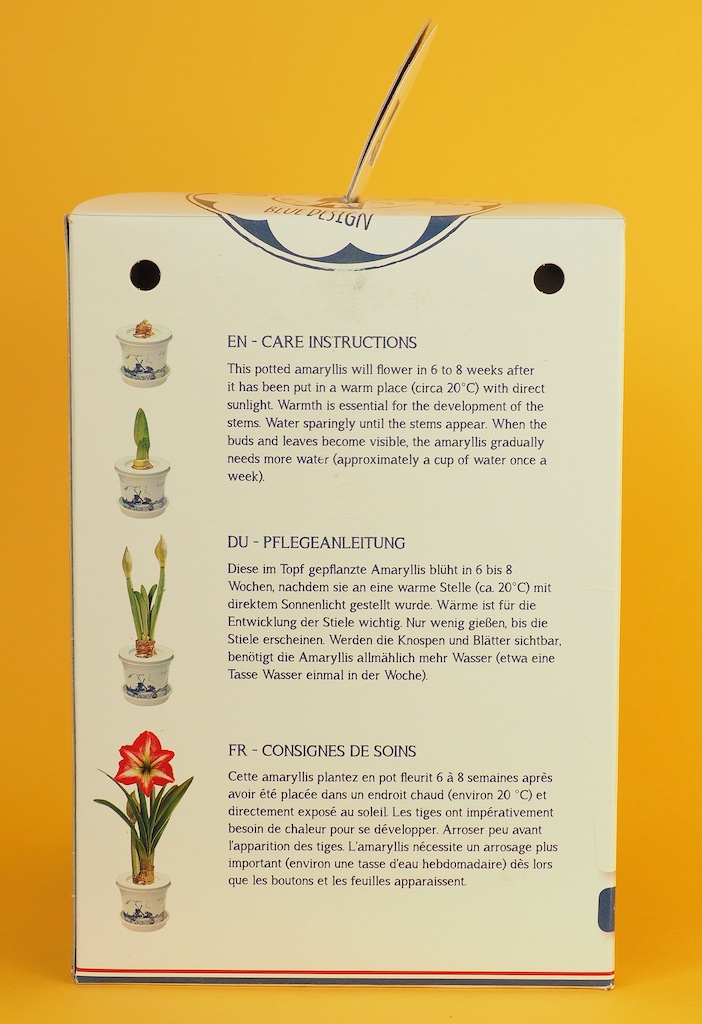
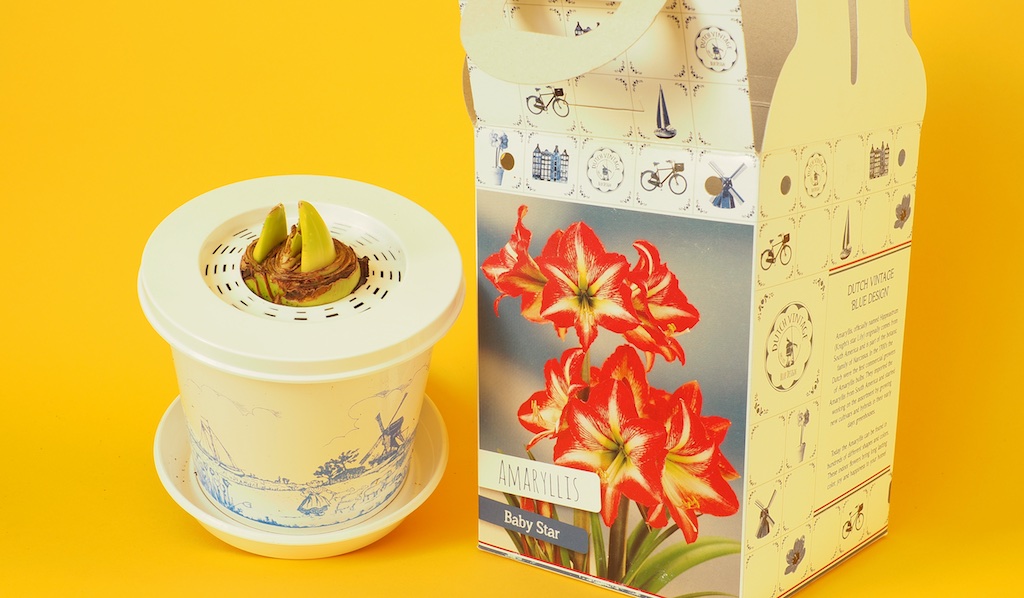
And the results are in! While two scapes were already emerging from day one, there was still a mystery to be resolved…what variety was placed in the kit?
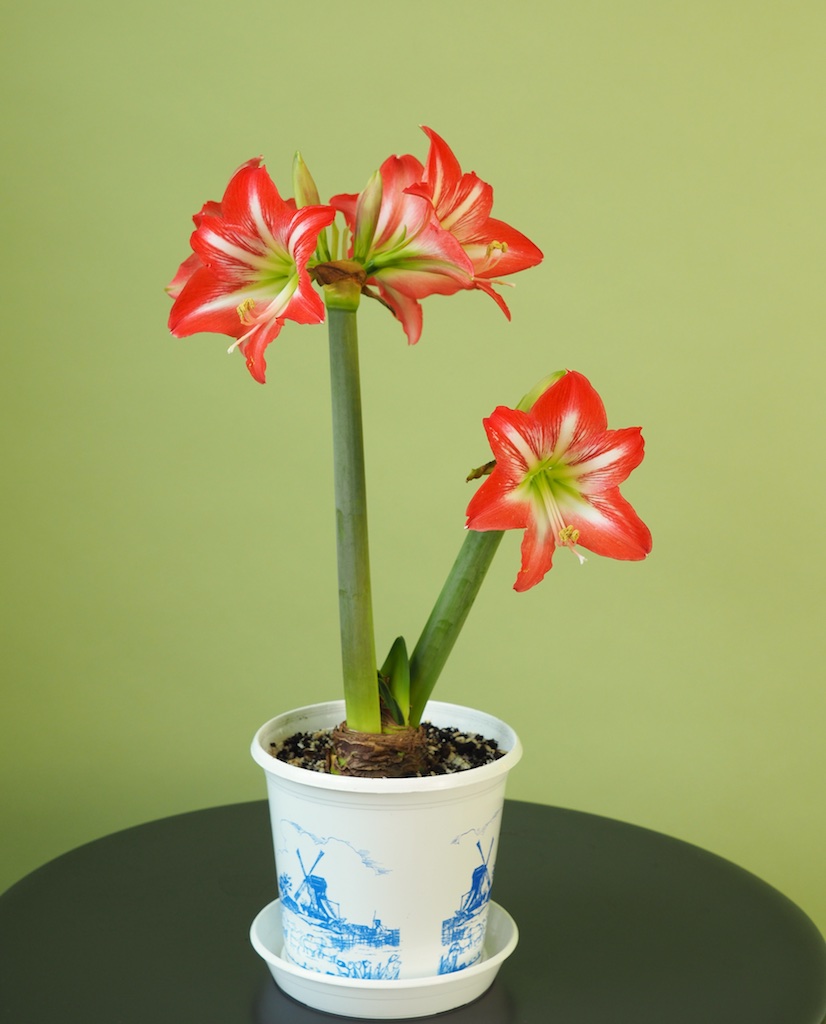
It should come as no surprise to Emaryllis regulars, the cultivar in this kit is one that has been known only by a numeric designation, and spotted in packages for the European market with the unregistered moniker “Lillystar”. It is a fine grower and bloomer, and should have been registered rather than pressed into duty for so many others. Check out its productivity!
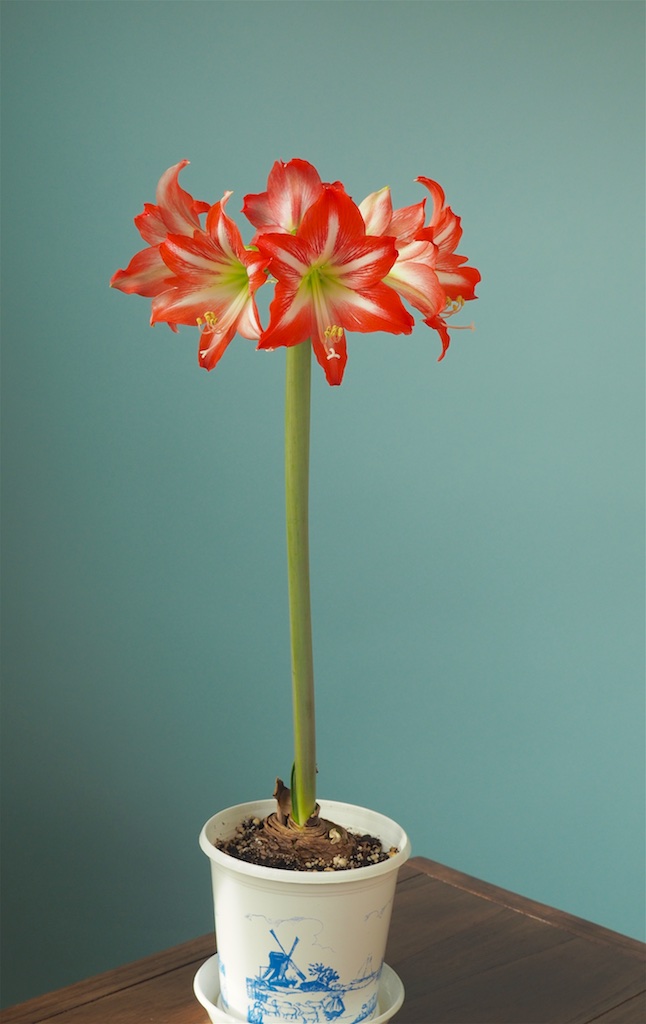
Was this kit a good value? Not if one was hoping the photos on the box promised the return of an older cultivar. It was a bit overpriced, but the completeness of the kit somewhat offsets that. The size of bulb was up to snuff, and the productivity and length of display were exemplary. Seventeen total flowers over a two month period is about all one could ask!
This flowering gives us a good start as we look at the other bulbs still being marketed (kit-less) as ‘Baby Star’ and will lead to an expose on that matter in the near future!

Leave a Reply